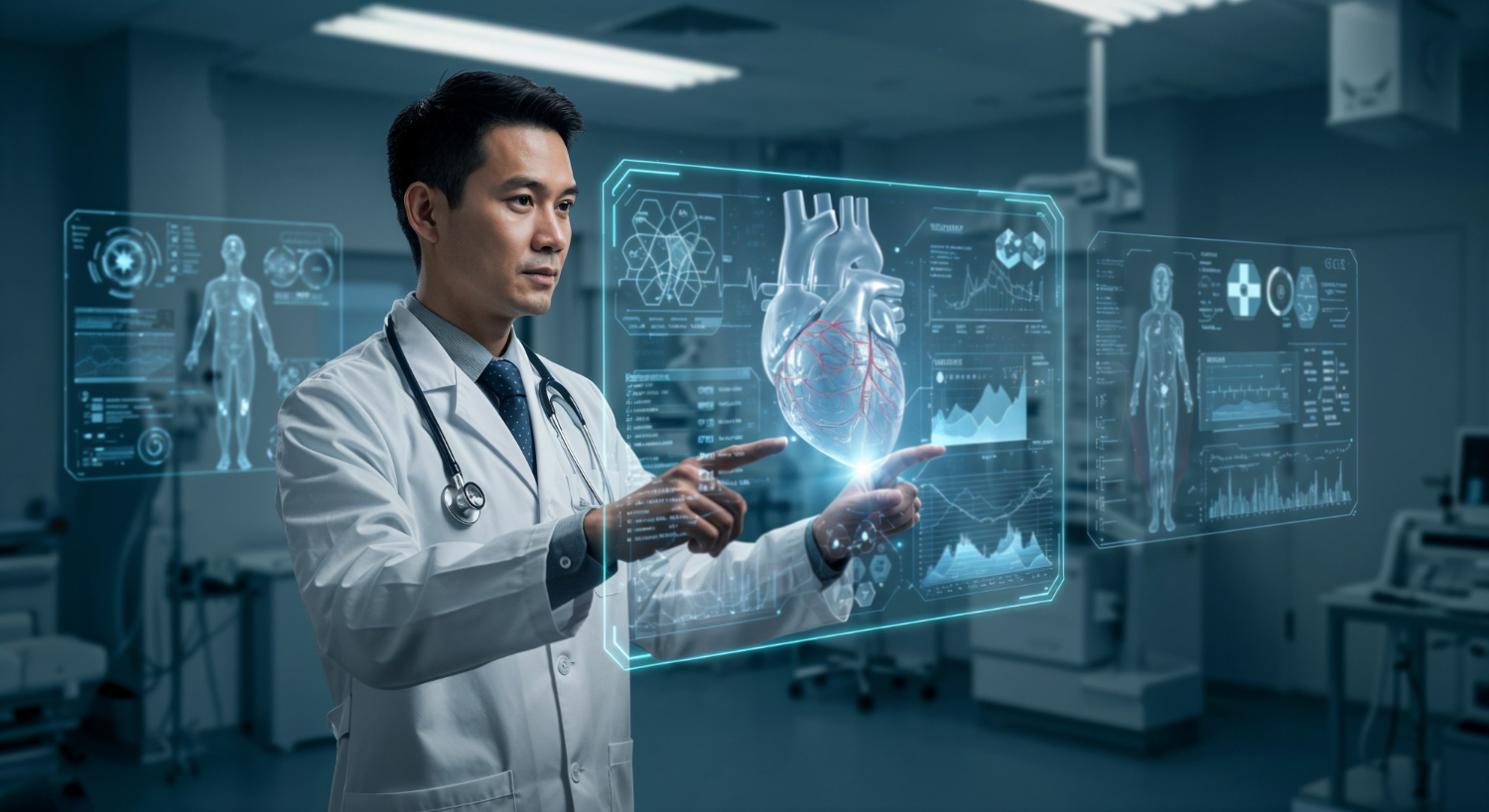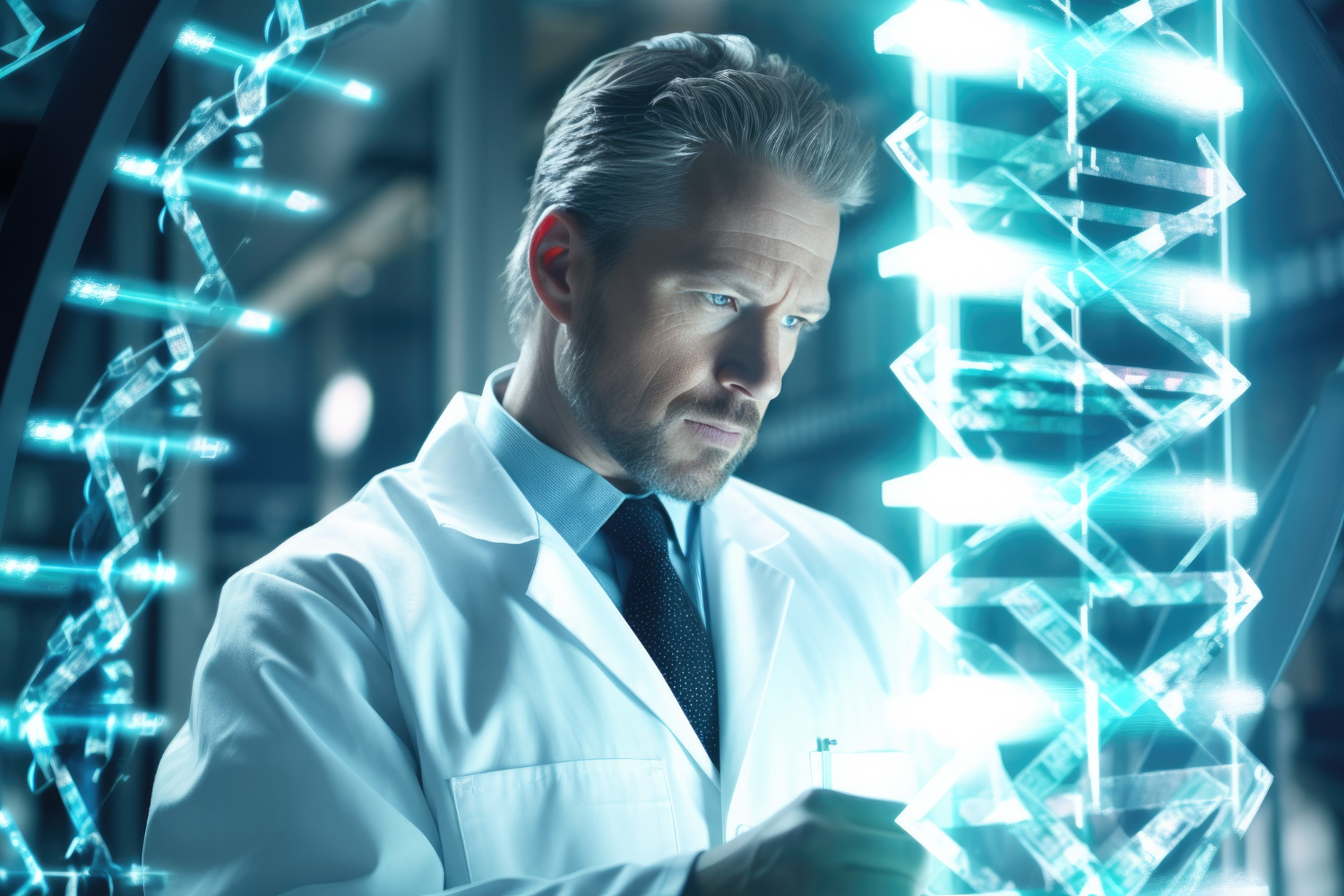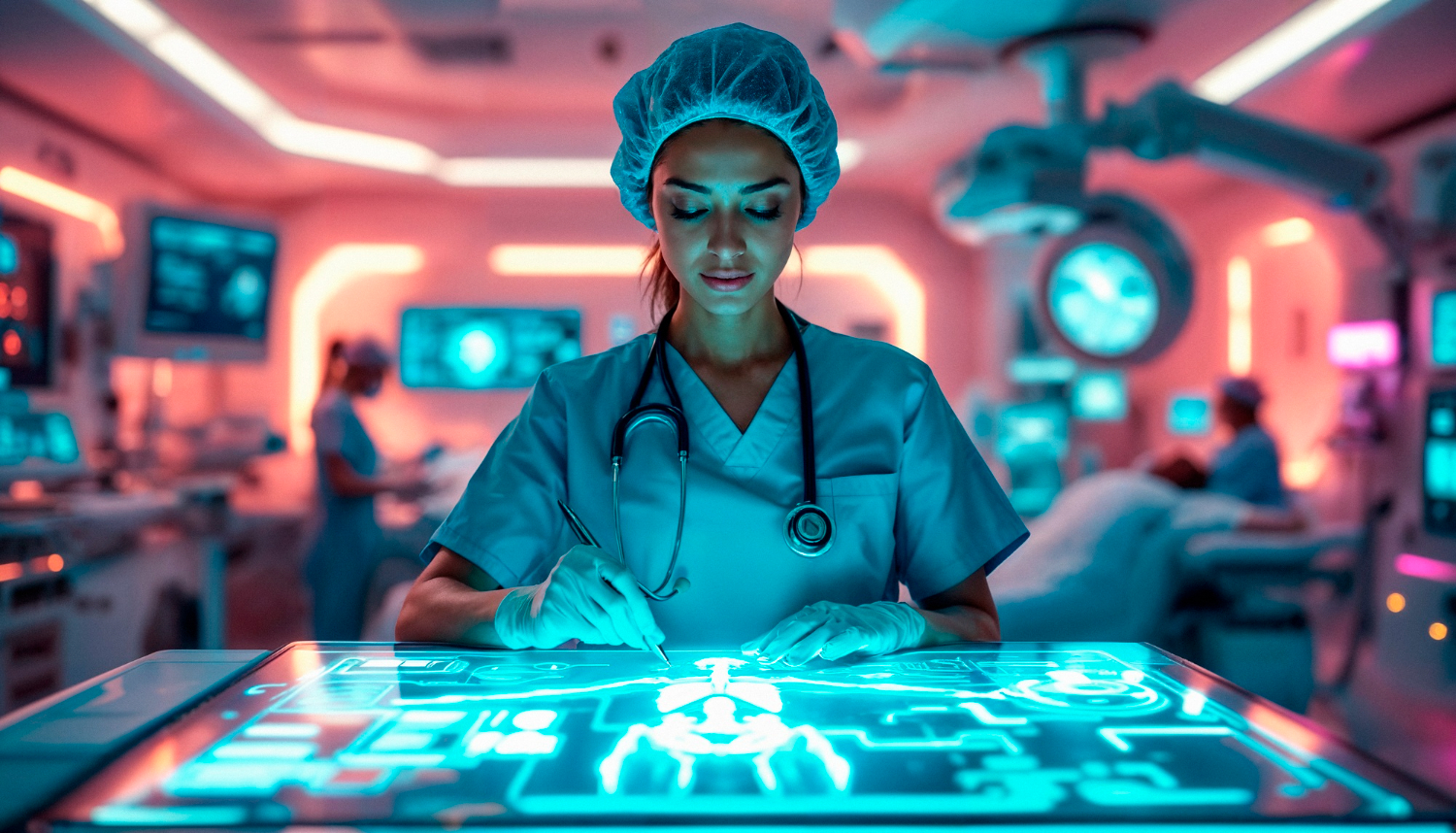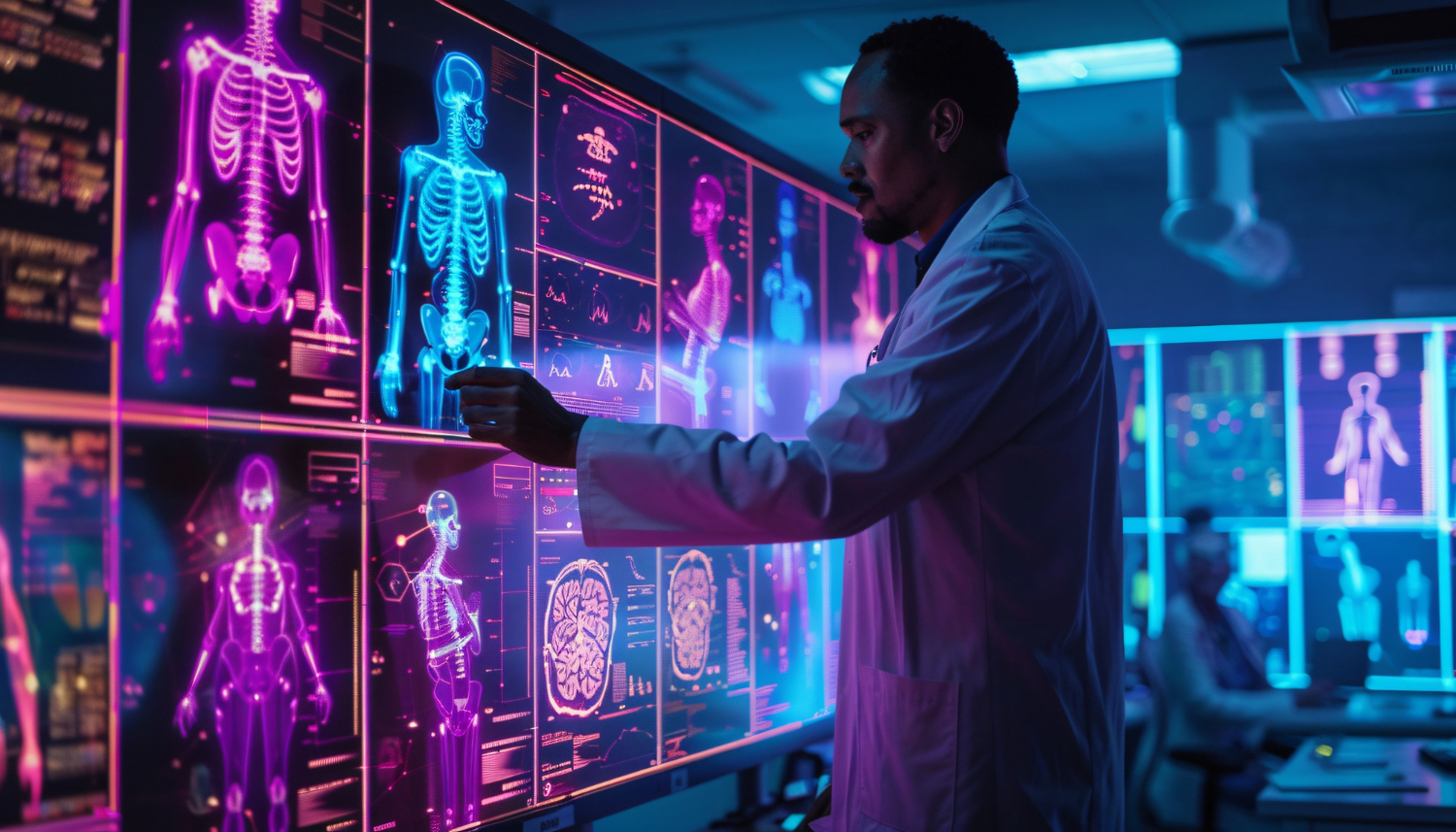Introduction to AI in Medical Devices
Artificial intelligence is no longer just part of science fiction. It is now a practical tool in healthcare. Medical devices equipped with AI technologies can perform tasks that once required human skill and time. These devices process large amounts of data, interpret results, and act in real time.
By integrating AI tools into medical devices, healthcare providers can carry out a wide range of specific tasks. This includes monitoring patients, supporting diagnoses, and improving treatment plans. AI technologies such as deep learning, neural networks, computer vision, and natural language processing (NLP) make these systems more accurate and efficient.
Generative AI and large language models (LLMs) also contribute to innovation. They analyse patterns in large data sets, interpret human languages, and provide decision support. This allows medical teams to respond faster and with greater precision in the real world.
AI Technologies at the Core of Modern Devices
Modern AI-enabled medical devices rely on deep learning and neural networks. These systems can interpret complex data, detect patterns, and adapt over time. In imaging devices, computer vision interprets scans to identify signs of disease. This works across X-rays, MRIs, and ultrasound images.
NLP supports devices that interact with clinicians in human languages. For example, a voice-enabled tool can transcribe a doctor’s notes and match them against patient records. Large language models process the information and suggest treatment adjustments based on the latest research.
Generative AI can create simulations for medical training or produce tailored treatment suggestions. These AI tools perform tasks that go beyond data analysis, offering predictive insights based on trends within the data set.
Read more: 3D Models Driving Advances in Modern Biotechnology
Real-Time Monitoring and Response
Many medical devices must operate in real time. AI makes this possible by processing sensor data instantly. A wearable heart monitor can detect irregular rhythms and alert doctors without delay. A glucose sensor can adjust insulin delivery to match a patient’s needs.
Computer vision allows surgical tools to track movements and maintain precision during procedures. Decision support systems interpret the incoming information, helping the surgical team adjust their actions in seconds. In critical care, AI-enabled monitors assess patient stability and signal the need for intervention before a human could act.
Real-time AI applications ensure that devices not only collect data but also interpret and act on it immediately. This improves safety and reduces risks in high-pressure medical settings.
Specific Tasks for Better Diagnosis and Treatment
AI-enabled devices excel at specific tasks that enhance diagnosis. Imaging tools can detect small anomalies that a human eye might miss. Neural networks trained on large amounts of data improve accuracy with each new case.
In treatment planning, AI tools compare patient information to similar cases in their data set. This helps create more effective strategies. NLP can summarise complex research into actionable points for a clinician, ensuring that decision support is both relevant and timely.
These targeted capabilities mean that AI technologies fit seamlessly into existing systems. Instead of replacing human judgement, they add detail and depth to medical decision-making.
AI in Emergency and Critical Care Devices
AI-enabled medical devices now play a larger role in emergency medicine. In ambulances, portable monitors use deep learning to interpret large amounts of data from sensors in real time. They identify critical changes in patient condition and signal the crew to act immediately.
Computer vision supports trauma care by analysing live camera feeds during patient transport. The system can highlight visible injuries and suggest treatment priorities based on its data set. Neural networks trained on thousands of emergency cases improve accuracy over time, ensuring that even in chaotic conditions, decision support remains reliable.
Read more: AI in Biotechnology: A Game Changer for Innovation
Integrating Generative AI for Surgical Preparation
Generative AI can assist surgical teams by creating patient-specific 3D models from scans. These models help surgeons prepare for complex cases. By simulating different approaches, teams can choose the most effective course of action before entering the theatre.
When integrated with large language models, these tools also summarise relevant case studies and surgical notes in human languages. The combination allows the surgical team to review options quickly without sorting through unrelated material. This saves time and improves focus during preparation.
AI-Enhanced Rehabilitation Devices
Rehabilitation equipment now incorporates AI tools to monitor patient progress and adapt therapy programmes. Motion sensors send real-time data to deep learning models that measure improvement in strength, balance, or coordination. The system adjusts resistance levels or exercise types to match the patient’s current ability.
NLP-based interfaces in these devices allow therapists to give spoken instructions, which the system translates into changes in the session. Computer vision can track body movements, ensuring correct posture and reducing the risk of injury during rehabilitation exercises.
Mobile and Home-Based Medical Devices
Portable AI-enabled devices bring hospital-level diagnostics into the home. Wearables with neural networks and computer vision analyse continuous data streams to perform specific tasks like detecting sleep apnoea events or tracking irregular heart rhythms.
For chronic conditions, these devices run decision support models that assess the day’s readings against historical data in the patient’s record. If a sudden change appears, the system notifies both the patient and their care provider. This approach reduces hospital visits while maintaining high-quality monitoring.
Read more: AI in Biotechnology: Nature in the Palm of our Hands
AI in Diagnostic Imaging Expansion
Advanced imaging devices now combine computer vision with large data sets to interpret scans across multiple medical fields. In oncology, deep learning identifies tumours at earlier stages. In cardiology, AI tools assess heart function from ultrasound or MRI results in real time.
These devices integrate smoothly into existing systems, allowing medical teams to perform tasks without disrupting workflow. The result is faster diagnosis, more targeted treatment, and improved outcomes in the real world.
From Data Sets to Real-World Action
AI-enabled devices start with a data set that may include images, lab results, or patient histories. Deep learning models process the data to identify patterns or predict outcomes. Computer vision tools turn raw images into meaningful insights, such as marking the location of a tumour on a scan.
In the real world, this means faster turnaround from diagnosis to treatment. A device might detect early signs of a condition during a routine test and prompt the doctor to investigate further. This approach reduces delays and improves patient outcomes.
Challenges and Considerations
While AI technologies offer clear benefits, they also present challenges. Large language models and generative AI require vast and varied data sets to work effectively. This raises questions about data quality, security, and privacy.
AI-enabled devices also require human oversight. Even with advanced algorithms, decision support must complement, not replace, clinical judgement. The need to align AI tools with medical regulations adds another layer of complexity. Devices must meet strict safety standards and pass thorough evaluations before approval.
Read more: Generative AI: Pharma’s Drug Discovery Revolution
The Future of AI-Enabled Medical Devices
As AI tools improve, medical devices will gain even greater capacity to perform tasks in real time. Advances in deep learning and neural networks will allow devices to adapt faster and more accurately. Computer vision systems will interpret more complex visual inputs, and NLP will make devices easier to use in everyday practice.
Generative AI could create patient-specific simulations, allowing doctors to test different treatment plans virtually before applying them in the real world. With better decision support, medical teams will act faster, reduce errors, and improve care.
Integration with wearable devices will expand continuous monitoring. This will help manage chronic conditions and enable early detection of sudden health changes. AI technologies will not just process large amounts of data—they will turn it into practical, actionable insight.
How TechnoLynx Can Help
TechnoLynx works with healthcare providers to design AI-enabled medical solutions that combine deep learning, computer vision, NLP, and other advanced AI technologies. Our systems process large amounts of data in real time to perform specific tasks with high accuracy.
We develop decision support tools that integrate seamlessly into existing medical workflows. From imaging devices that detect minute anomalies to monitoring systems that respond instantly, our solutions work in real-world healthcare environments.
By partnering with TechnoLynx, medical teams can adopt AI solutions that enhance diagnosis, improve treatment plans, and increase efficiency without replacing essential human oversight. Our approach ensures that AI technologies support, rather than replace, the skilled professionals who require human expertise to provide the best possible care.
Image credits: Freepik













